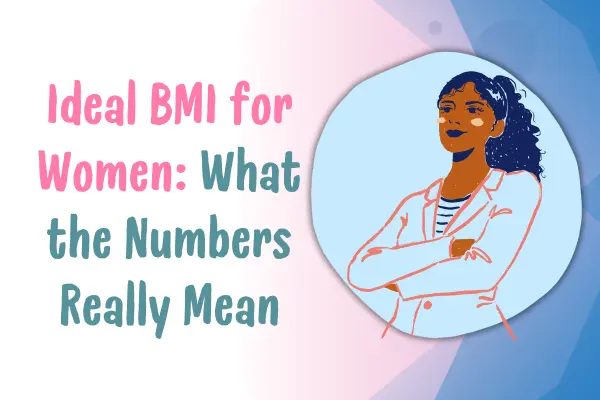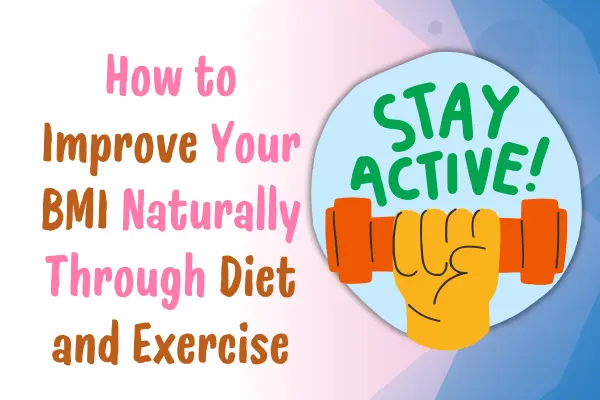Why a High Protein Diet Plan Works
A high protein diet plan is one of the most effective ways to build lean muscle, curb hunger, and support healthy weight loss. Protein not only helps with muscle repair and growth but also keeps you feeling fuller for longer, making it easier to avoid unhealthy snacking.
Whether you’re aiming for fat loss, muscle gain, or improved metabolism, protein is your best friend.

Key Benefits of a High Protein Diet Plan
Here’s what you can expect when you increase your protein intake:
- Faster fat loss: Protein boosts metabolism and supports calorie burn.
- Increased satiety: Feel full and satisfied for longer periods.
- Muscle preservation: Maintain muscle mass during calorie restriction.
- Better recovery: Heal and grow stronger after workouts.
- Stabilized blood sugar: Prevent insulin spikes and crashes.
Who Should Follow a High Protein Diet Plan?
A high protein diet plan is ideal for:
- Fitness enthusiasts and bodybuilders
- People trying to lose weight without losing muscle
- Women over 40 fighting hormonal weight gain
- Vegetarians and vegans needing complete proteins
- Busy professionals who want easy, filling meals
How Much Protein Should You Eat Daily?
Daily protein intake depends on your weight, activity level, and goals. Here’s a simple guide:
| Goal | Grams of Protein per Kg of Body Weight |
|---|---|
| Sedentary | 0.8g |
| Moderate Activity | 1.2–1.6g |
| Muscle Gain | 1.6–2.2g |
| Weight Loss | 1.8–2.7g |
Example: A 70kg person aiming for fat loss would need around 126–189g of protein per day.
Best Protein-Rich Foods to Include
Animal-Based Sources:
- Chicken breast
- Eggs
- Greek yogurt
- Tuna and salmon
- Lean beef
Plant-Based Sources:
- Lentils and chickpeas
- Tofu and tempeh
- Edamame
- Quinoa
- Chia and hemp seeds
The Ultimate 7-Day High Protein Diet Plan
Here’s a complete weekly plan including breakfast, lunch, dinner, and snacks.
Day 1
- Breakfast: Greek yogurt (1 cup) with berries, 1 tbsp chia seeds, and 1 tbsp almond butter
- Snack: 2 boiled eggs and a handful of almonds
- Lunch: Grilled chicken breast salad with quinoa, spinach, tomatoes, cucumbers, and olive oil dressing
- Snack: Cottage cheese (1/2 cup) with pineapple chunks
- Dinner: Baked salmon with roasted broccoli and mashed sweet potatoes
Day 2
- Breakfast: 3 scrambled eggs with spinach and feta cheese, 1 slice whole grain toast
- Snack: Protein shake with banana and almond milk
- Lunch: Turkey lettuce wraps with hummus, carrots, and cucumber slices
- Snack: Edamame (1 cup) sprinkled with sea salt
- Dinner: Beef stir-fry with bell peppers, onions, and brown rice
Day 3
- Breakfast: Overnight oats with 1 scoop protein powder, flaxseed, and berries
- Snack: Greek yogurt and a handful of walnuts
- Lunch: Tuna salad with boiled eggs, kale, avocado, and a lemon vinaigrette
- Snack: Celery sticks with 2 tbsp peanut butter
- Dinner: Grilled shrimp with cauliflower rice and asparagus
Day 4
- Breakfast: Protein pancakes topped with low-sugar syrup and strawberries
- Snack: Hard-boiled egg and a cheese stick
- Lunch: Chicken breast, roasted Brussels sprouts, and a quinoa/bulgur mix
- Snack: Smoothie with Greek yogurt, spinach, and blueberries
- Dinner: Turkey meatballs with zucchini noodles and marinara sauce
Day 5
- Breakfast: Veggie omelet (eggs, mushrooms, peppers) and turkey bacon
- Snack: Low-fat cottage cheese with sliced peaches
- Lunch: Grilled tofu with brown rice and mixed vegetables
- Snack: Protein bar or jerky
- Dinner: Baked cod with lemon, quinoa, and sautéed green beans
Day 6
- Breakfast: Chia pudding made with almond milk, topped with sliced banana and crushed nuts
- Snack: Boiled eggs and cherry tomatoes
- Lunch: Grilled steak salad with arugula, cherry tomatoes, blue cheese, and balsamic dressing
- Snack: Greek yogurt smoothie with spinach and flaxseed
- Dinner: Baked chicken thighs with wild rice and sautéed kale
Day 7
- Breakfast: Smoothie bowl with protein powder, frozen berries, chia seeds, and coconut flakes
- Snack: Almonds and a boiled egg
- Lunch: Salmon patties with avocado salsa and mixed greens
- Snack: Cottage cheese with cucumber slices and olive oil
- Dinner: Stir-fried tofu with broccoli, bok choy, and brown rice
Daily Tips for Meal Success
- Hydrate well with at least 2-3 liters of water daily.
- Focus on balanced macros—protein, complex carbs, and healthy fats.
- Adjust portion sizes to fit your specific calorie or macro goals.
- Feel free to repeat favorite meals or swap proteins (e.g., replace chicken with turkey or tofu).
- Don’t forget your fiber and veggies—they aid digestion and add volume to your meals.
Common Mistakes to Avoid
- Skipping carbs entirely: You still need fiber and energy.
- Relying only on shakes: Whole foods should form the bulk of your diet.
- Ignoring hydration: Protein metabolism needs water.
- Not adjusting portions: As your weight changes, so do your needs.
FAQs
Can I lose weight with a high protein diet plan?
Yes, it can boost metabolism, reduce appetite, and preserve muscle during weight loss.
Is a high protein diet plan safe long-term?
Yes, for most people. However, consult your doctor if you have kidney issues.
What if I’m vegetarian?
You can use lentils, tofu, tempeh, seitan, and protein powders to meet your needs.
How soon will I see results?
With consistency, you can start noticing changes in 2–4 weeks.
Should I use protein supplements?
They’re helpful but not mandatory. Whole foods are preferred.
Can I follow this if I’m diabetic?
Yes, but make sure to consult with your healthcare provider to balance carbs and proteins.
Final Thoughts on Starting a High Protein Diet Plan
Starting a high protein diet plan doesn’t mean eating dry chicken all day. With the right ingredients, smart planning, and variety, your meals can be both delicious and nutritionally balanced. Whether your goal is weight loss, muscle gain, or better energy, protein is the nutritional foundation that supports it all.
Disclaimer:
This content is for informational purposes only and is not intended as medical advice, diagnosis, or treatment. Always consult with a qualified healthcare provider or registered dietitian before making any significant changes to your diet or exercise routine, especially if you have underlying health conditions, dietary restrictions, or are taking medication.
Individual nutritional needs may vary, and what works for one person may not work for another. The author and publisher are not responsible for any adverse effects resulting from the use or misuse of the information provided in this article.

